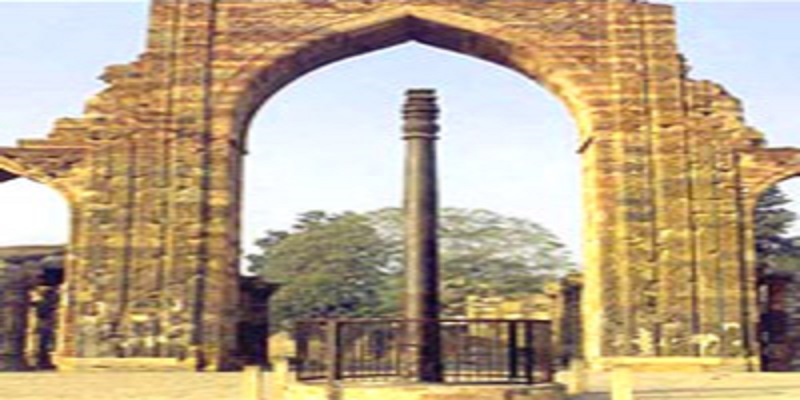Legacy of the Indian Slave Dynasty: Rise, Rule, and Dissolution
It was the Indian slave dynasty that ran between 1206 and 1290. This was the initial Muslim monarchy in India. Sultan QutbuddinAibak established it. It is believed that Mohammed Ghori had yet to have an apparent heir to the throne. He also used to treat his slaves like children. So, after the demise of Ghori, one of the most robust slaves, Qutub-ud-din Aibak, descended the throne. The story of this slave family starts with the rule of Qutub-uddinAibak. . Qutb-uddin-din Aibak and Shams-uddin and Ghiyas-uddinBalban were the trio of greatest Sultans during the time. One of the first rulers in the slave Dynasty was Qutub-ud-din Aibak, who ruled from 1206 until 1210. The capital was established at two locations, first in Lahore and later moved the capital to Delhi.
During his reign, construction on the well-known QutubMinar was started. He could rule for a brief period, as his death was due in the year 1210 in an incident. The next ruler was his son Aram Shah, but due to his incompetence, he was beaten within just one year of Iltumish. Following Aram Shah's defeat, the next ruler who could be trusted was Iltumish. Iltumish ruled from 1211 until 1236. Under his firm leadership, the slave dynasty gained an enduring foundation and established itself as a powerful kingdom. The army was well-organized under the leadership of the Iltumish, and the king also introduced a currency called Tanka. It was during his rule that the building of QutubMinar was completed. After being ruled with success for 25 years, his death was announced, and he appointed the daughter of his Raziya Sultan to be the successor to the royal throne. She was a mighty ruler; however, as female, she was subjected to severe resistance from nobles, who saw her executed. The last Emperor who was influential in the slave dynasty was GhiyasuddinBalban. He was Emperor from 1266 until 1286. In his time, his administration was strengthened, and he was very attentive to the administration of his empire. The army was taught to utilize weapons, and the production of weapons and other war weapons was at its highest. This is the reason they were able to combat the Mongols. Balban's court was among the most prestigious of its kind during the Sultanate period and served as a platform for artists and poets. Balban was highly particular about his dignity. He was always dressed in complete attire, even before his courtiers. He removed those with poor backgrounds from high-ranking positions as Balban wanted to give his administration and court an elegant look. He did not extend the empire or make drastic improvements in management. Yet, he did make an essential contribution in laying the foundation for a powerful monarch to elevate the Sultanate to higher standards. His death was the final chapter of the Slave Dynasty, for his successor was weak and soon removed by Jalal-uddinKhilji, who established the next dynasty in the Sultanate period, the Khilji dynasty. He passed away in 1286, and shortly after, the slave dynasty dissolved.
The most significant institution created during the Slave Dynasty was the institution of Chalgan or the Forty. Chalgan was a regiment of powerful and highly placed officers, which Iltutmush was able to organize to be the personal advisors to Iltutmush. They were the cabinet of the Sultan. But, during the civil war, the successors of Iltutmush and the Chalgan started to seek their gains and played one prince against another. During this time, they became powerful. Each of them began believing that they were Sultan's deputy. As Balban became Sultan, he killed several of them, and others were exiled from the kingdom. It is clear that by taking down his power, Balban made his ruling more effective, but he also defeated the true strength of the slave family.

